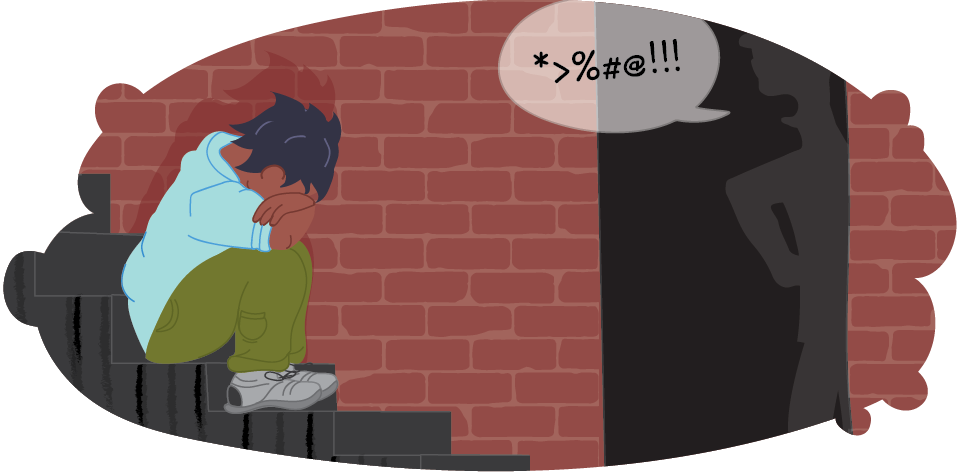Responding to disclosures of child abuse
When a child discloses abuse it can be hard to know how ...
READ MELearn more about what physical child abuse is, the signs and impacts it can have on a child.

If you believe a child is in immediate danger or a life-threatening situation call Triple Zero (000).
Some examples of physical abuse include:
Hitting, punching or slapping
Choking or suffocating
Kicking, pushing or pulling
Biting, spitting or shaking
Pinching, scratching or burning
Destroying a child’s property
Threatening to hurt a child
Restraining or locking a child up
Force feeding or denying food or sleep
Throwing items or using items to hurt a child
Poisoning or making a child feel unwell with drugs or medicine
Stopping a child from taking their medication
Physical:
Behavioural:
Children may experience a range of emotional, psychological and physical problems as a result of being harmed, including:
Low self-esteem
Suicidal thoughts
Aggressive behaviour
Self-harming
Nightmares or insomnia
Behavioural problems
Distrust of adults
Developmental delays
Depression or anxiety
Physical ailments
Alcohol or drug abuse
Criminal behaviour
Attachment or learning disorders
Increased fear, guilt or self-blame
Post-traumatic stress or eating disorders
Permanent physical injuries or death
Child protection is everyone’s business! Some adults have a legal obligation to notify authorities (these obligations differ between states and territories).
Encourage the child in your life to contact Kids Helpline if they need some extra support to cope with what has been happening.
You may find talking to somebody outside of the situation helpful. You could try calling Parentline in your state or territory to discuss your concerns.
For some guidance on responding to disclosures of child abuse, see our article on Responding to disclosures of child abuse.
Responding to disclosures of child abuse
When a child discloses abuse it can be hard to know how ...
READ MEFamilies impacted by domestic violence
Domestic violence can happen in any family. It’s never ok and ...
READ MEUnderstanding child sexual abuse
In this article we’ll explore what child sexual abuse is and ...
READ METalking helps! We’re here for your kids.
No problem is too big or too small.
We're here 24 hours a day, 7 days a week